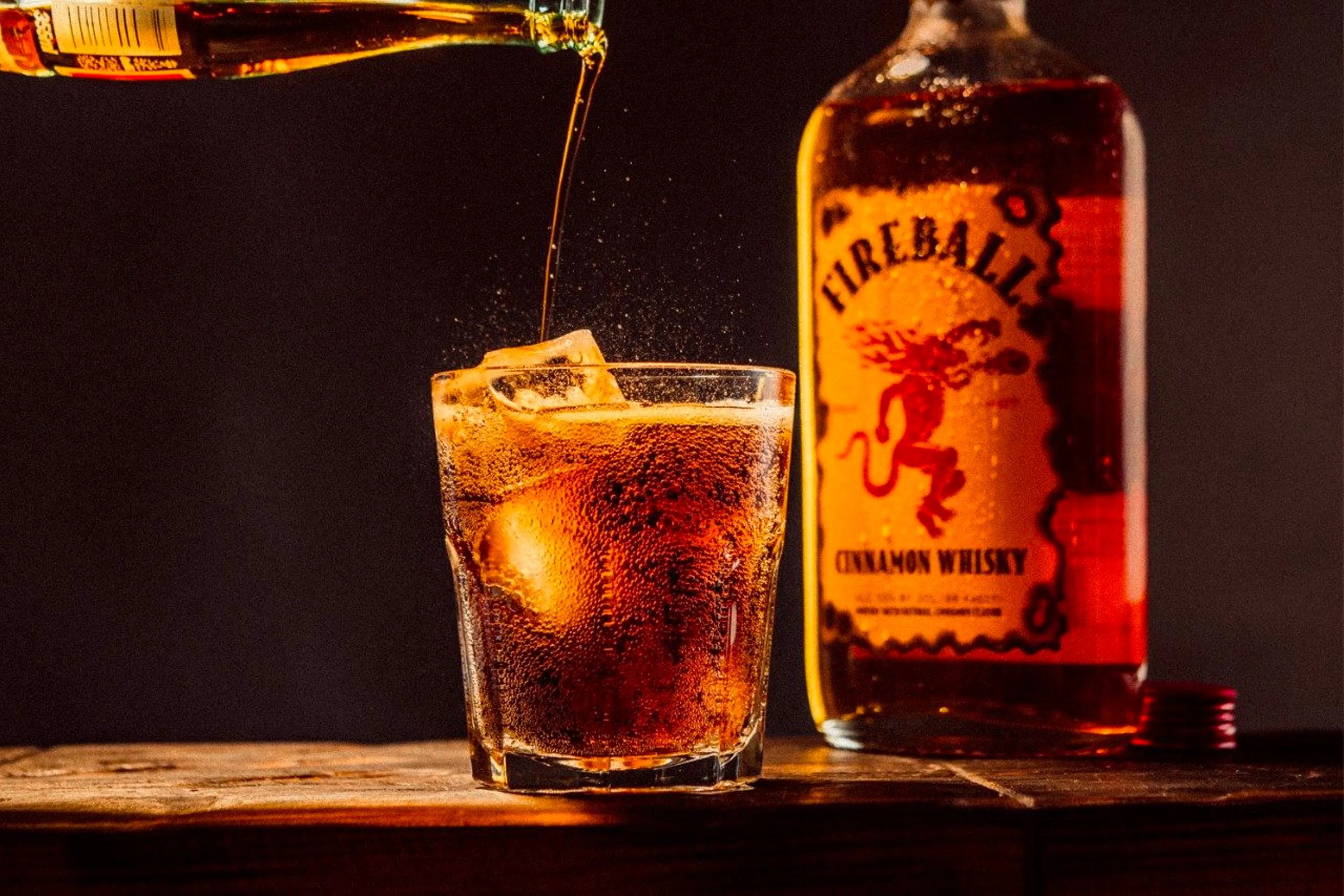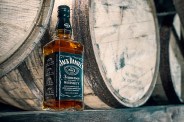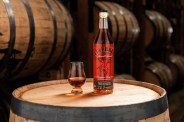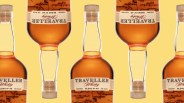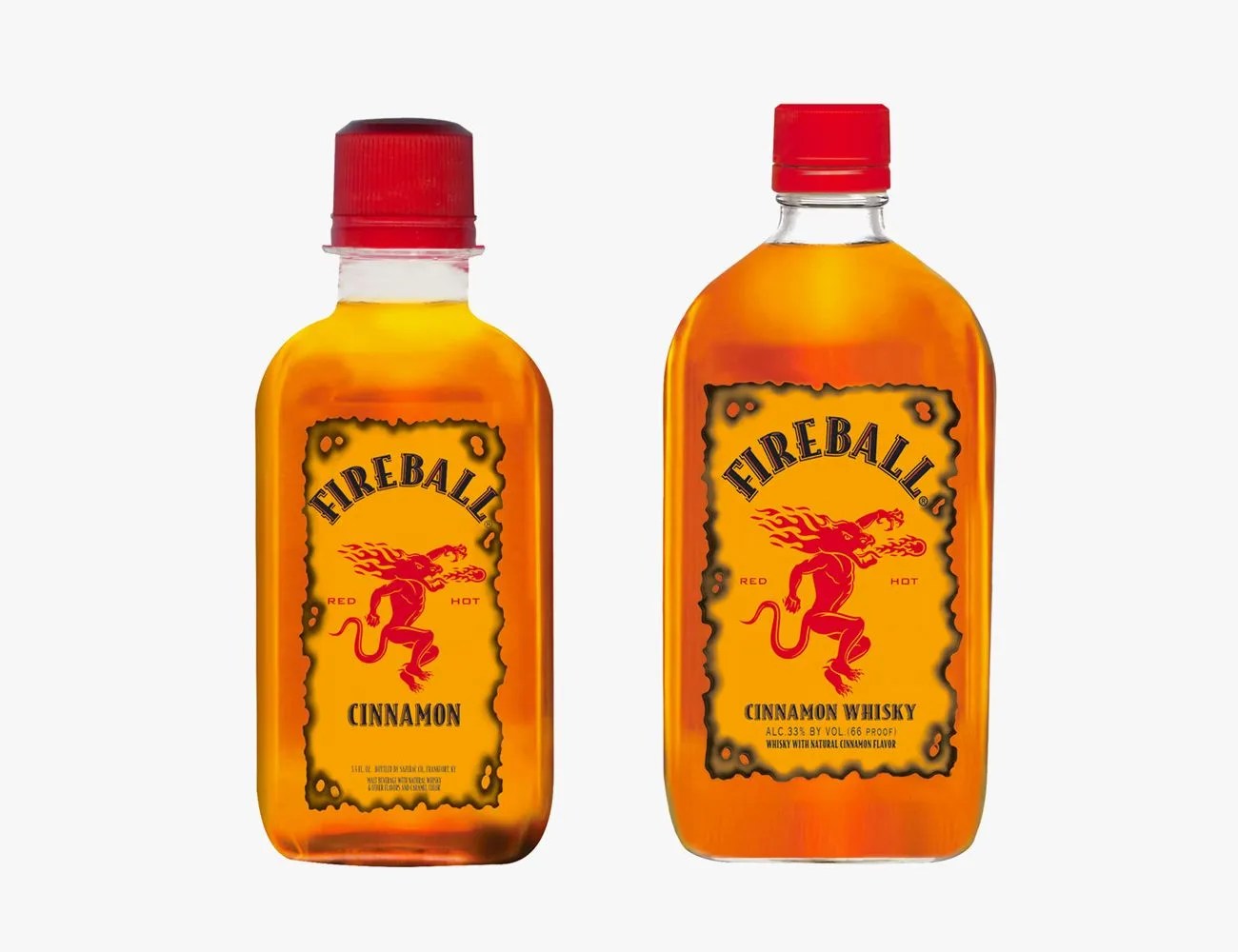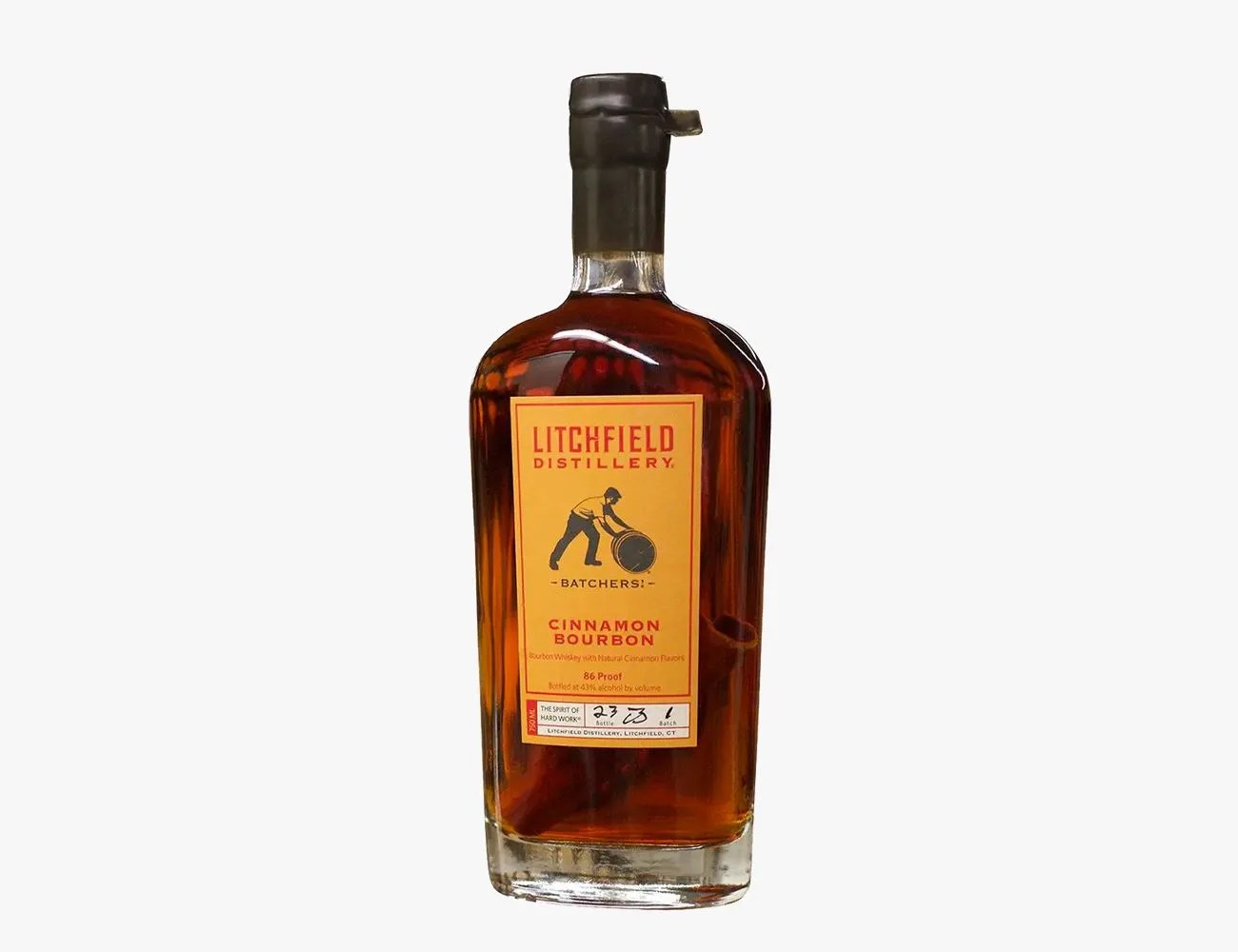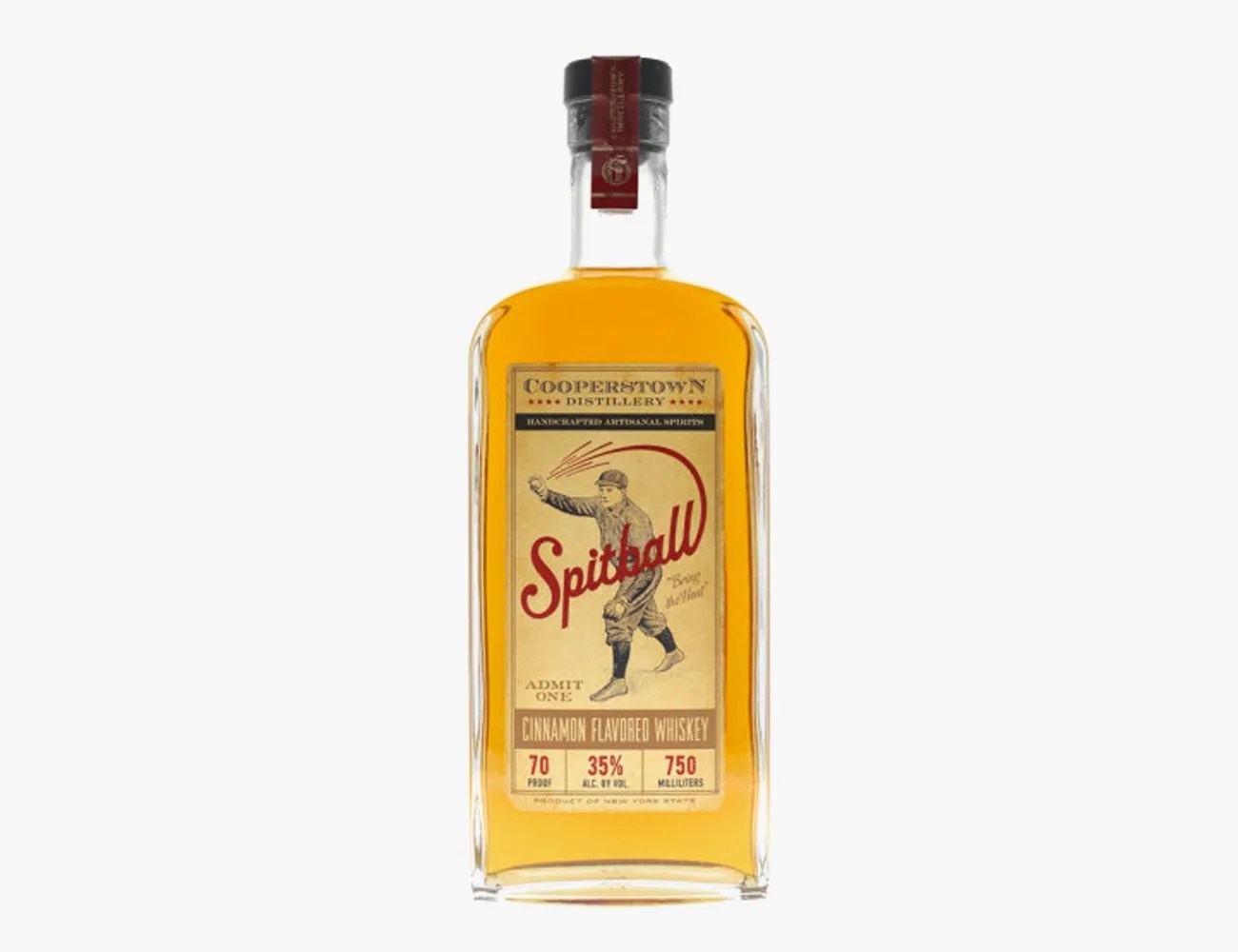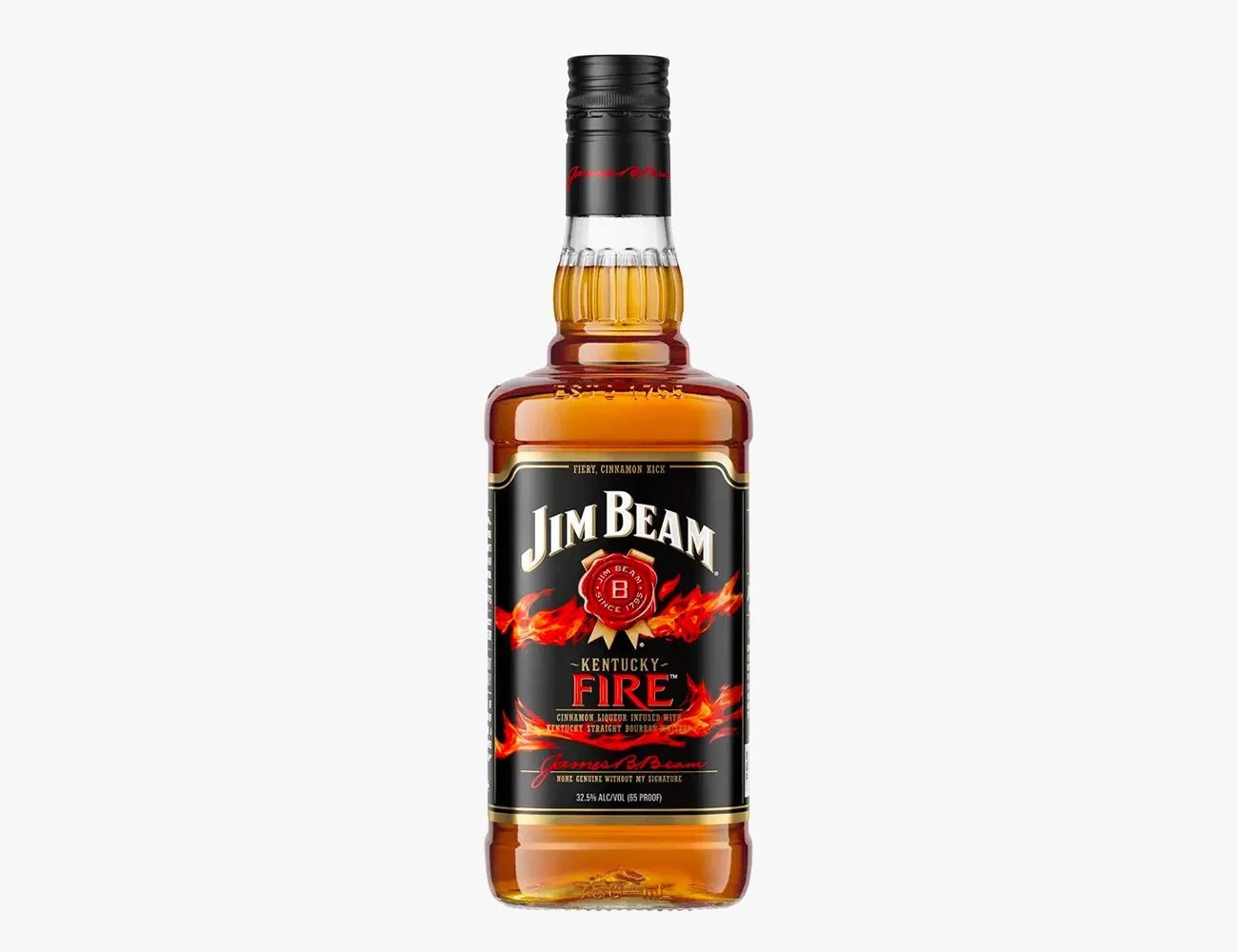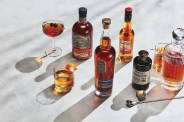You’ve almost certainly tried Fireball before. The cinnamon-flavored liqueur from Canada, which bills itself as “Cinnamon Whisky,” has become one of the top-selling liquors in the United States over the past decade. Known for its fire demon-emblazoned bottle and Atomic FireBall candy-like taste, the spicy spirit has recently been in the news over a lawsuit alleging that Fireball doesn’t actually contain whiskey at all.
So what does all of this mean? Is Fireball whiskey or not? Read on to find out everything you need to know about the Fireball whiskey controversy.
Is Fireball Whiskey?
There are actually two different products marketed as Fireball. The flagship product, and the one you’ll find all over the brand’s website and social media channels, is Fireball Cinnamon Whisky. It’s a 33% ABV (66-proof) liqueur made with a mix of Canadian whiskey, sweeteners and natural cinnamon flavoring. But is it whiskey? Well, no, not really. Technically speaking, once you add sugar to a spirit and lower its ABV it becomes a liqueur rather than a spirit.
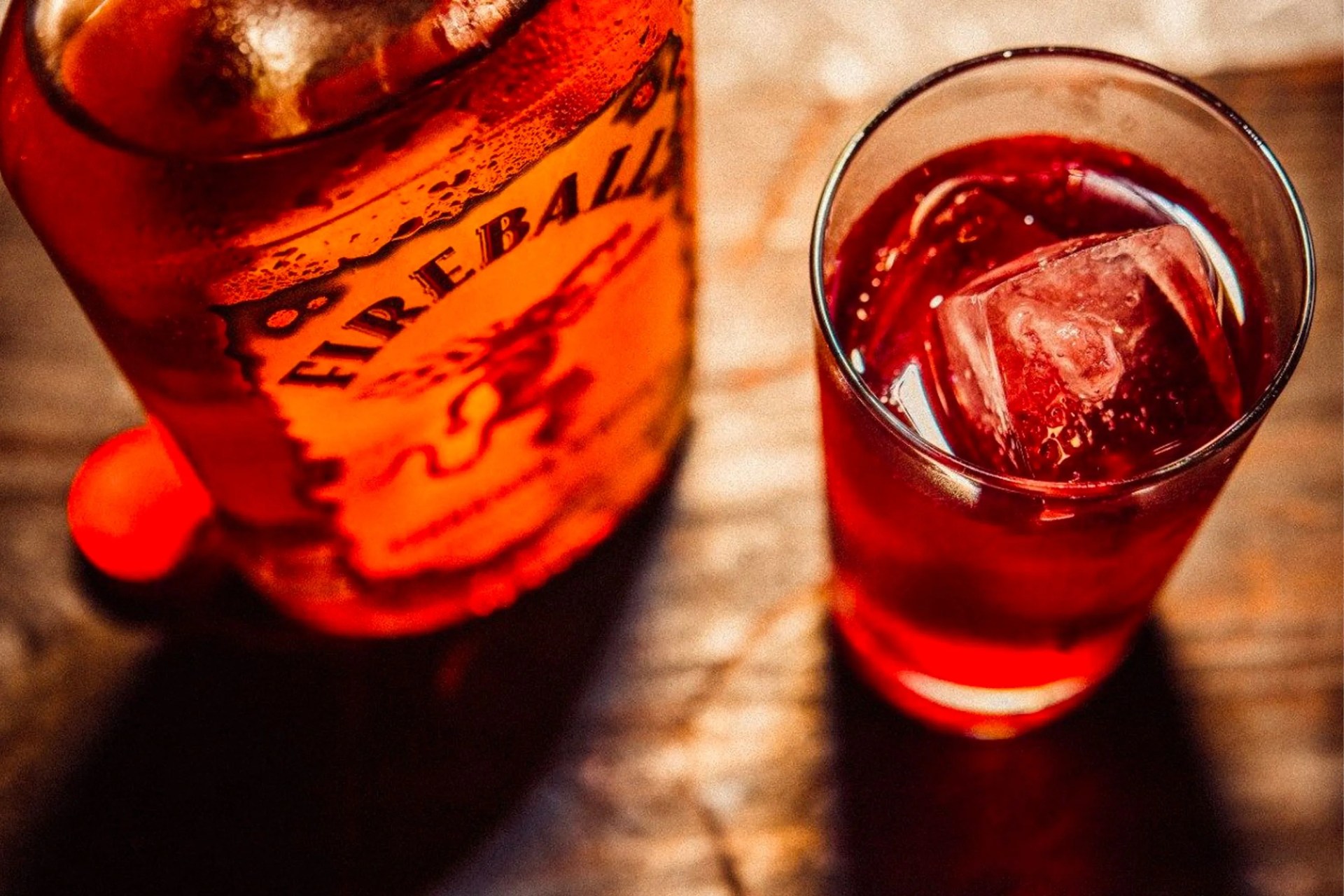
But this is a semantics game, and one not exclusive to Fireball. When you hear “coconut rum,” you probably think of Malibu. But Malibu isn’t technically a rum — it’s a rum-based coconut-flavored liqueur with an ABV of just 21%. Fireball Cinnamon Whisky does contain real whiskey, so it’s not unreasonable to categorize it as such. The problem arises once you get to Fireball’s other product, Fireball Cinnamon.
